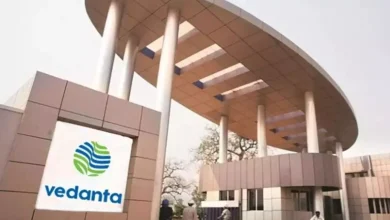Taxation on insurance premium, rationalisation of rates key expectations

Delhi: With an aim to ensure reduced burden on taxpayers, the 54th GST Council meeting on Monday is likely to deliberate on a number of issues including rationalisation of rates, taxation on insurance premium, online gaming and others. According to industry sources, the GST Council meeting, chaired by Finance Minister Nirmala Sitharaman, is also likely to discuss the operationalisation of the GST Appellate Tribunal mechanism, a key step towards streamlining dispute resolution under GST. The meeting will deliberate on whether the tax burden on health insurance should be reduced from the current 18 per cent or certain categories of individuals such as senior citizens should be exempted. In the last fiscal, the Centre and states collected Rs 8,262.94 crore through GST on health insurance premium and Rs 1,484.36 crore on account of GST on health reinsurance premium.
The meeting is also likely to discuss possibly reducing the existing four major GST slabs (5 per cent, 12 per cent, 18 per cent and 28 per cent) to three slabs, as has been reported in talks going on for some time now. According to industry experts, the move could simplify the tax structure and reduce the compliance burden. Shivashish Karnani, head of GST at Dewan PN Chopra & Co, said the current GST rate on life and medical insurance premiums is 18 per cent, which further exacerbates the affordability issue. As a result, one of the key expectations from the 54th GST Council meeting is a reduction in tax rates or, ideally, a complete waiver of GST on life and health insurance premiums, he noted.
The life and health insurance industry expects the meeting to result in a reduction in the GST rate from 18 per cent to a lower rate such as 5 per cent or 0.1 per cent. This reduction will reduce the tax burden on both insurers and policyholders. Finance Minister Sitharaman last week said the GST rate is much lower than the revenue neutral rate (RNR), which was originally suggested at 15.3 per cent, meaning there will be less burden on taxpayers. The finance minister pointed out that the current average GST rate has come down to 12.2 per cent by 2023, which is much lower than the revenue neutral rate in GST. She said the government needs to raise revenue, “but ensuring simplification, ease and compliance for taxpayers comes first”. The revenue neutral rate is the tax rate at which the government collects the same amount of revenue even after changes in tax laws.
















